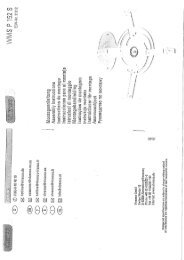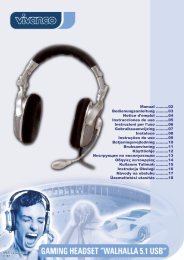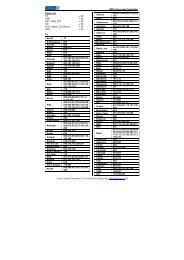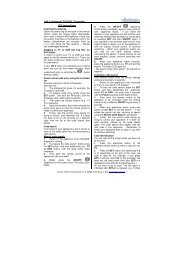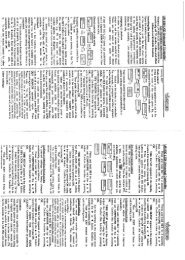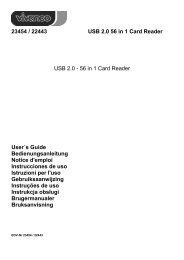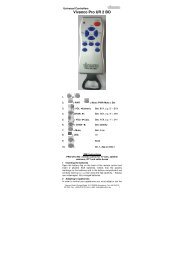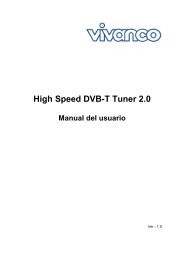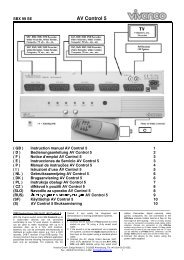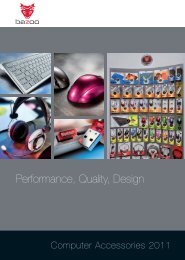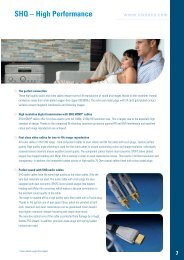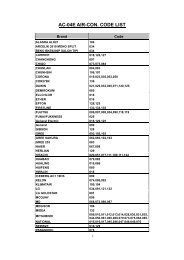computer
computer
computer
Create successful ePaper yourself
Turn your PDF publications into a flip-book with our unique Google optimized e-Paper software.
USB 3.0 – connections<br />
Under the name "Super Speed" the new USB Version 3.0 has now become established<br />
as the successor to the previously widespread USB 2.0 standard. The essential<br />
advantages of the new USB standard include a high data transfer rate and an optimised<br />
power supply.<br />
In contrast to the USB 2.0 standard ("High Speed") with transfer rates of 480 Mbit/sec,<br />
as "Super Speed", USB 3.0 has a transfer rate of 5 Gbit/sec in full duplex mode and<br />
therefore a tenfold increase in transfer rate compared with USB 2.0.<br />
As with conventional USB cables, the power supply to peripheral devices can be made<br />
via the USB cable. However, the maximum current has been increased from 500 mA to<br />
900 mA. Because of the additional pair of conductors in the USB 3.0 cable, the plugs<br />
are also different to conventional USB plugs.<br />
The Type A plugs have the same structure, but a wider contact level with five adjacent<br />
contacts behind the contact level of the 2.0 plug. These contacts are only activated if<br />
the A plug is plugged in as far as the stop.<br />
With the type B plug, the difference can be seen from the outside. This has an upper<br />
section above the USB 2.0 plug. This upper section accommodates the five additional<br />
contacts for USB 3.0.<br />
The most common USB 3.0 plug types<br />
5 6 7 8 9<br />
4<br />
3<br />
USB 3.0 type A<br />
4<br />
2<br />
9876 5<br />
1 2<br />
USB 3.0 type B<br />
USB 3.0 type micro-B<br />
USB 3.0 type A socket<br />
3<br />
www.vivanco.com<br />
1<br />
Computer<br />
105



